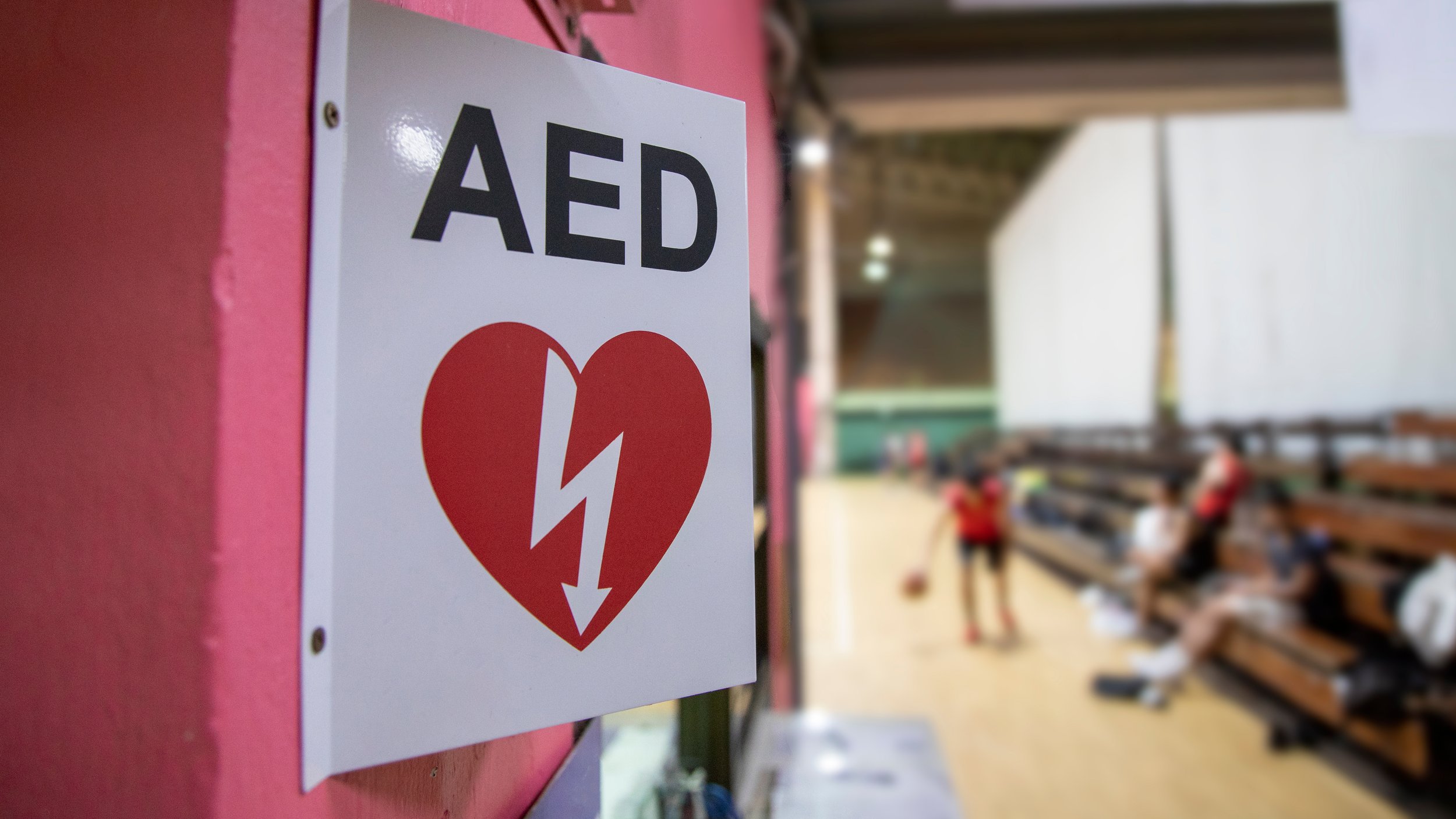In the realm of healthcare, advancements in technology have continually revolutionised patient care and outcomes. One such innovation that stands out is the Automated External Defibrillator (AED).
From safeguarding heart health to being the unsung hero in critical moments, AEDs have transformed the landscape of emergency cardiac care. Let's delve into how these devices make a significant difference in saving lives and promoting heart health.
Understanding AEDs: The Lifesaving Technology
AEDs are portable devices designed to deliver an electric shock to the heart in cases of sudden cardiac arrest (SCA). SCA occurs when the heart's electrical system malfunctions, causing it to beat irregularly or stop altogether.
Without prompt intervention, SCA can be fatal within minutes. AEDs are equipped with sensors that analyse the heart's rhythm and, if necessary, deliver a shock to restore normal function.
Accessibility and Ease of Use
One of the most remarkable aspects of AEDs is their accessibility and user-friendliness. These devices are now commonly found in public spaces, including airports, malls, schools, and sports arenas.
Their intuitive design allows even bystanders with minimal training to use them effectively in emergencies. Prompt access to an AED significantly improves the chances of survival for individuals experiencing SCA, as every minute without treatment reduces the likelihood of recovery by 7-10%.
Empowering Communities: The Role of AED Training
While AEDs are designed for ease of use, basic training in their operation can further enhance their effectiveness. Many organisations offer CPR and AED certification courses, equipping individuals with the knowledge and skills needed to respond confidently in emergency situations.
By empowering communities with this training, we create a network of potential lifesavers who can intervene swiftly when every second counts.

AEDs in Action: Real-Life Success Stories
The impact of AEDs on saving lives cannot be overstated. Countless incidents around the world attest to their effectiveness in reversing SCA and giving individuals a second chance at life.
Whether it's a bystander stepping in to use an AED at a crowded event or a trained professional deploying one in a healthcare setting, the outcome is often the same: a life saved and a family spared from the devastation of loss.
Consider the story of John, a 52-year-old man who collapsed while jogging in the park. Thanks to the quick thinking of a passerby who retrieved the nearby AED and initiated CPR, John was revived before emergency medical services arrived. Today, he advocates for widespread AED placement and education, emphasising the critical role these devices play in preventing sudden cardiac death.
The Future of AED Technology
As technology continues to evolve, so too do AEDs. Modern devices feature enhancements such as voice prompts, visual aids, and connectivity options that enable remote monitoring and data transmission.
These advancements not only simplify the rescue process but also provide valuable insights for healthcare providers to improve patient care and outcomes.
Looking ahead, researchers are exploring novel applications of AED technology, including wearable devices that can continuously monitor heart rhythm and intervene automatically when abnormalities are detected.
By integrating AEDs into everyday life and harnessing the power of innovation, we can further reduce the burden of cardiovascular disease and empower individuals to take control of their heart health.
Conclusion
From bustling urban centres to remote rural communities, AEDs stand as beacons of hope in the fight against sudden cardiac arrest. These compact devices have transformed ordinary citizens into everyday heroes, capable of making split-second decisions that can mean the difference between life and death.
As we continue to champion heart health awareness and advocate for widespread AED deployment, we pave the way for a future where cardiac emergencies are met with swift and effective intervention, ensuring that more individuals have the opportunity to become survivors rather than statistics.











